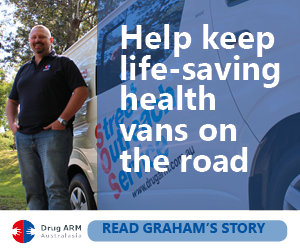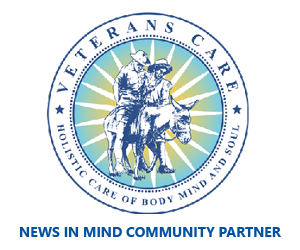A national survey of mental health in children and adolescents has found an increase in major depressive disorders, more so in regional areas, and highlighted a lack of early intervention services.
More than 6,000 families across Australia were surveyed between 2013 and 2014 in a study commissioned by the Australian Government, the first of its kind since 1998.
Professor Stephen Zubrick, the survey’s joint chief investigator from the University of Western Australia, said that about 14% of people between four and 17 had some sort of mental disorder, about the same percentage as found in the 1998 survey.
However there had been a substantial rise in the percentage of major depressive disorders.
He said there was less attention deficit disorder, and less hyperactivity and conduct disorders.
“You might have thought we’re making good progress but the thing that surprised us was that major depressive disorders had increased over the years and completely made up the difference.”
Females are worst affected with about 20% experiencing depressive disorders compared to about 8% of males.
“These kids are withdrawn. They’re extremely sad. Many of them are not eating or sleeping well and they’re completely low in terms of their mood and onward outlook,” said Professor Zubrick.
There was a very high association with self-harm and suicidal tendencies with major depressive disorders.
Professor Zubrick that the information provided by the young people directly surveyed was the most valuable, with about 90% of the 11 to 17 years old responding.
They provide a very vivid picture of what life is like for them.
“These are serious feelings that young people have. We need to take them seriously and make sure that kids are getting the help that they seek.”
He said there has been an improvement in the number of young people and families finding their way ‘to some level of mental health support’.
“We have more work ahead of us to do, and particularly kids and their families who are in lower income brackets or challenged by circumstances of unemployment are really struggling to get the help that they need.”
Prevalence of mental disorders in general, and specifically major depressive disorders, anxiety disorders, and conduct disorders were all greater in regional areas than in the major cities.
Kim Bush, Eurobodalla Shire Council’s Manager of Community and Recreational Development, said that the survey results align with the experience on the far south coast of NSW and that there is a need for mental health services for young people.
“In the recent political climate we’ve witnessed a lot of de-funding of our youth services in our shire and the Bega Valley, particularly supporting young people at risk,” she said.
“We have a child and adolescent health service in the shire and it is fully subscribed. I believe that they’re really only seeing the pointy end of the market.”
With health services overloaded with providing crisis care Ms Bush says ‘there is great opportunity to do a lot of early intervention work to prevent young people getting to that point’.
She said that with youth comprising only 13% of the shire’s population it’s easy for their needs to be overlooked.
Youth mental health is high on the Council’s agenda, including lobbying to improve service provision for young people.
Meanwhile the Council does what it can to raise awareness among young people and the community.
“We have a wonderful youth committee that’s represented in our shire by five high schools.”
The committee has done a collaborative video project with NSW Health to get the message out.
“I asked the team leader for the mental health service ‘what would be the one message you say to young people who are experiencing anxiety and such’ and she said ‘just hang in there’.
“So the kids from the youth committee wrote all the questions, did all the filming and production of the video and worked with the health service to promote the services that are available locally.”
This article first appeared on ‘ABC’ on 11 August 2015.























